Papayas are a tropical fruit known for their sweet flavor and numerous health benefits. This comprehensive guide explores different papaya varieties based on their commonality, rarity, adaptability to weather, and taste, providing detailed descriptions to help you choose the best papayas for your culinary and gardening needs.
Table of Contents
- Common Papaya Varieties
- Rare Papaya Varieties
- Exotic Papaya Varieties
- All-Weather Papaya Varieties
- Best Tasting Papaya Varieties
- Additional Papaya Varieties
1. Common Papaya Varieties
Hawaiian Solo Papaya
Hawaiian Solo papayas are popular for their sweet, orange flesh and small, manageable size. They are commonly grown in Hawaii and are available year-round. These papayas are perfect for fresh eating, smoothies, and salads.
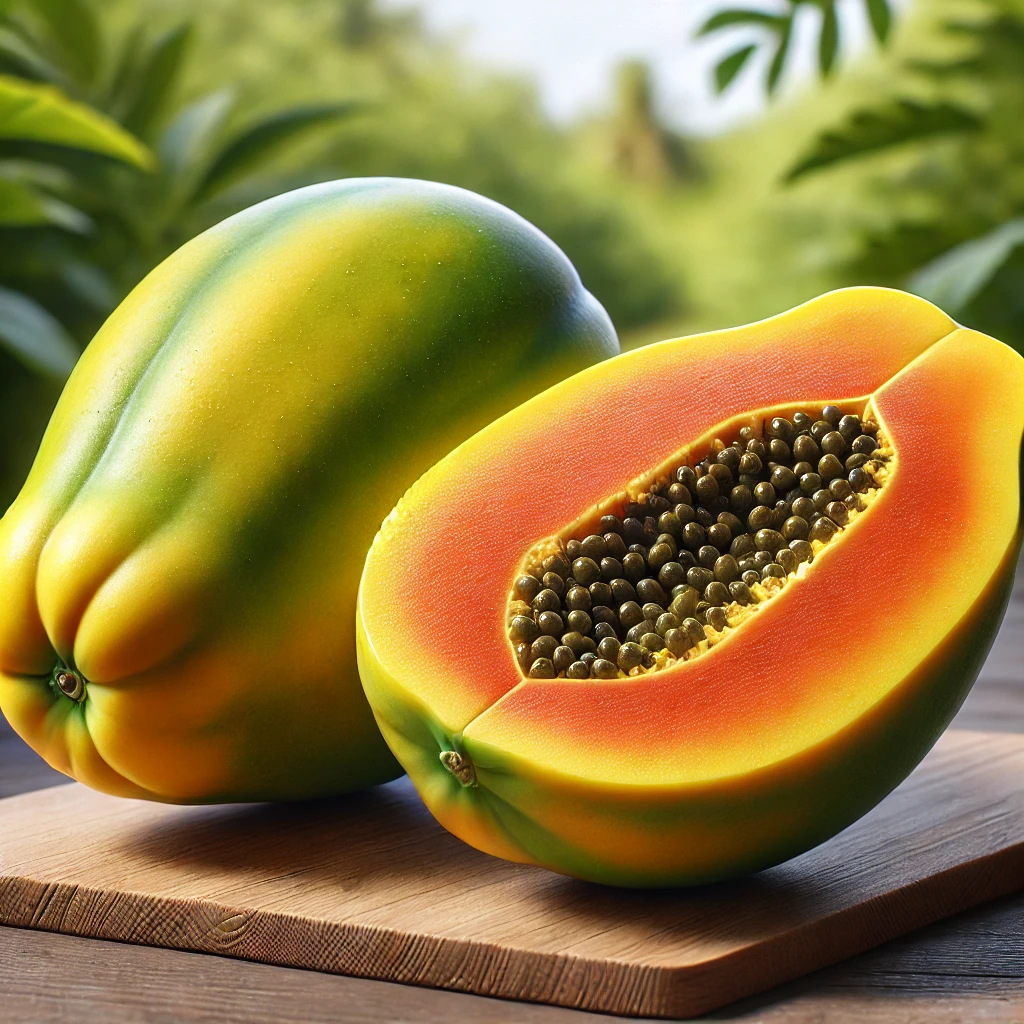
- Description: Sweet, orange flesh.
- Appearance: Small to medium-sized, pear-shaped.
- Location: Hawaii.
- Ideal Weather: Warm, tropical climates.
- Ideal Season: Year-round.
- Ideal Temperature: 70-85°F (21-29°C).
- Uses: Fresh eating, smoothies, salads.
Red Lady Papaya
Red Lady papayas are known for their large size and red, sweet flesh. They are widely cultivated in tropical regions and are appreciated for their consistent quality and high yield.
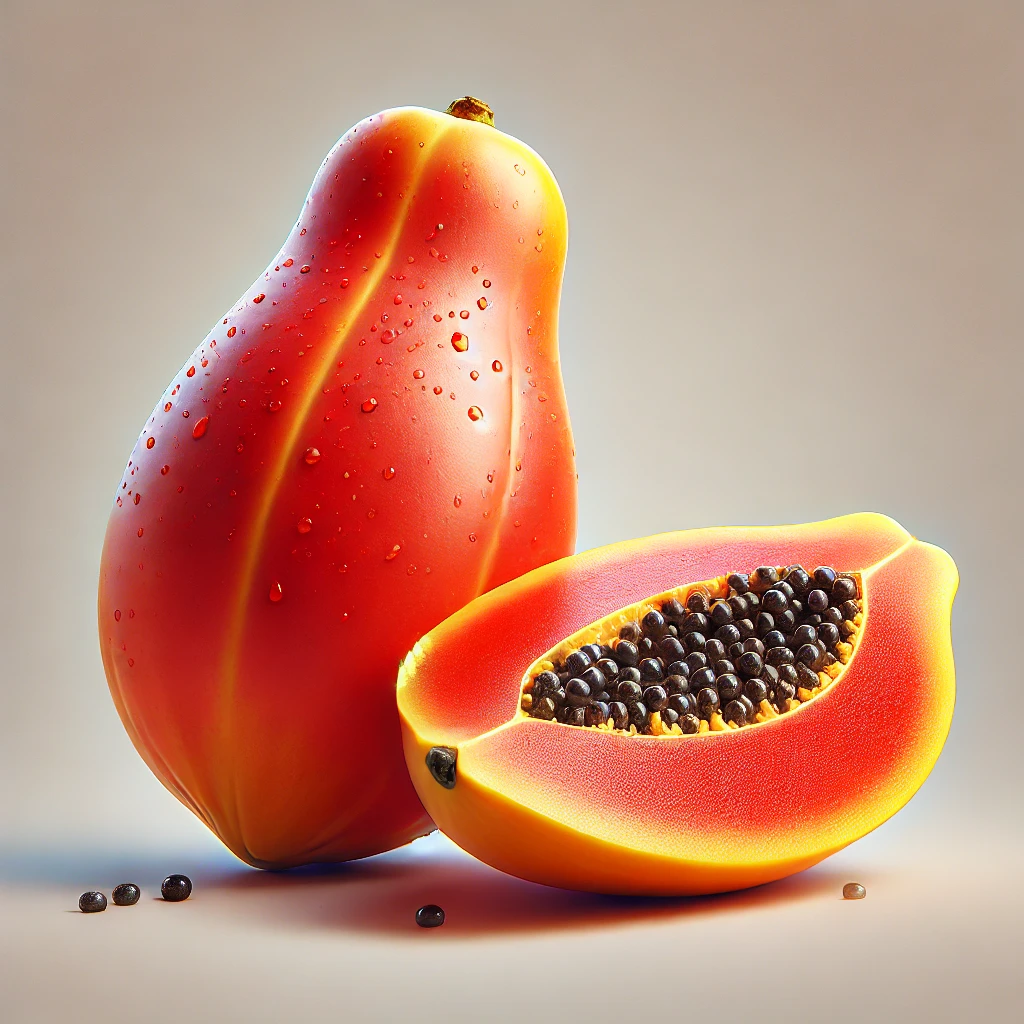
- Description: Sweet, red flesh.
- Appearance: Large, oblong.
- Location: Southeast Asia, Mexico.
- Ideal Weather: Warm, tropical climates.
- Ideal Season: Year-round.
- Ideal Temperature: 70-85°F (21-29°C).
- Uses: Fresh eating, desserts, salads.
Maradol Papaya
Maradol papayas are large with sweet, pink to red flesh. They are commonly grown in Mexico and are often found in markets across North America.
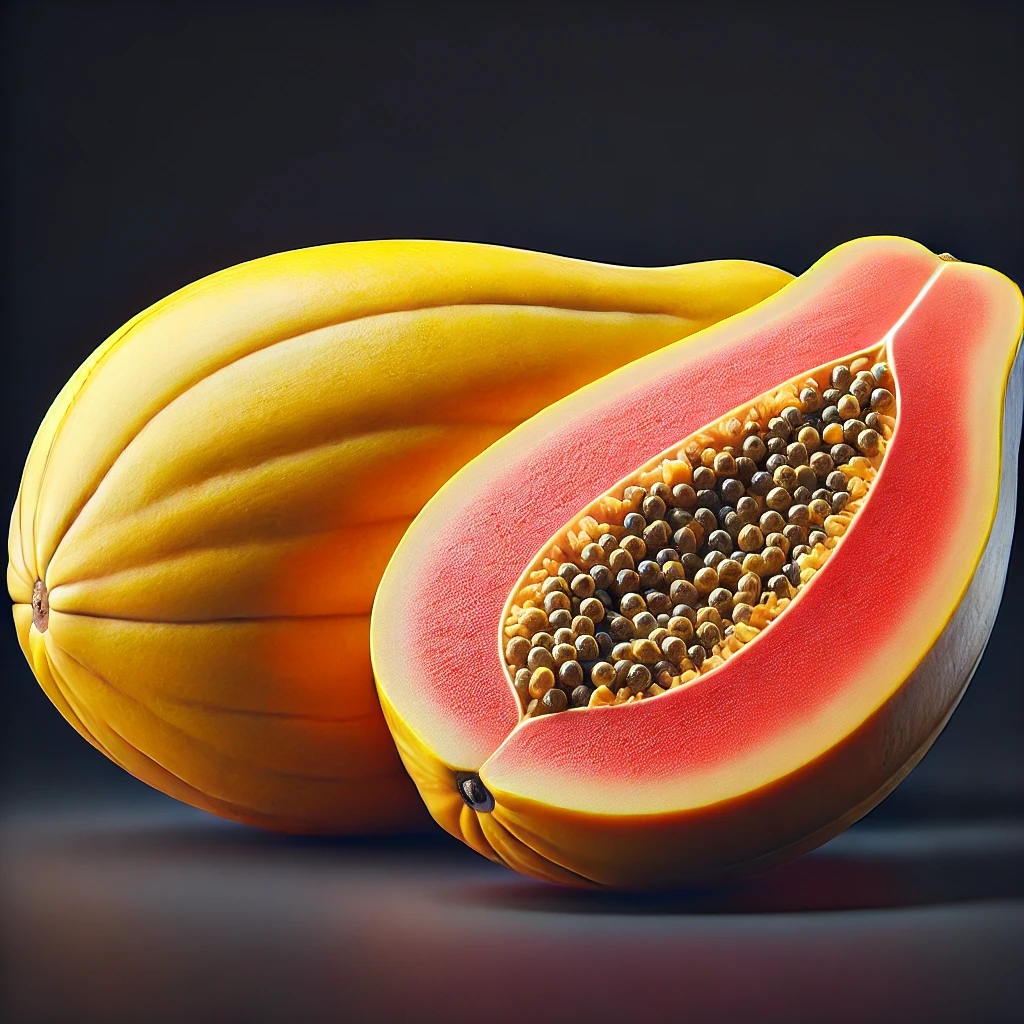
- Description: Sweet, pink to red flesh.
- Appearance: Large, elongated.
- Location: Mexico.
- Ideal Weather: Warm, tropical climates.
- Ideal Season: Year-round.
- Ideal Temperature: 70-85°F (21-29°C).
- Uses: Fresh eating, juices, desserts.
2. Rare Papaya Varieties
Sunrise Papaya
Sunrise papayas are a rare variety known for their vibrant orange-red flesh and high sugar content. They are primarily grown in Hawaii and are prized for their flavor.
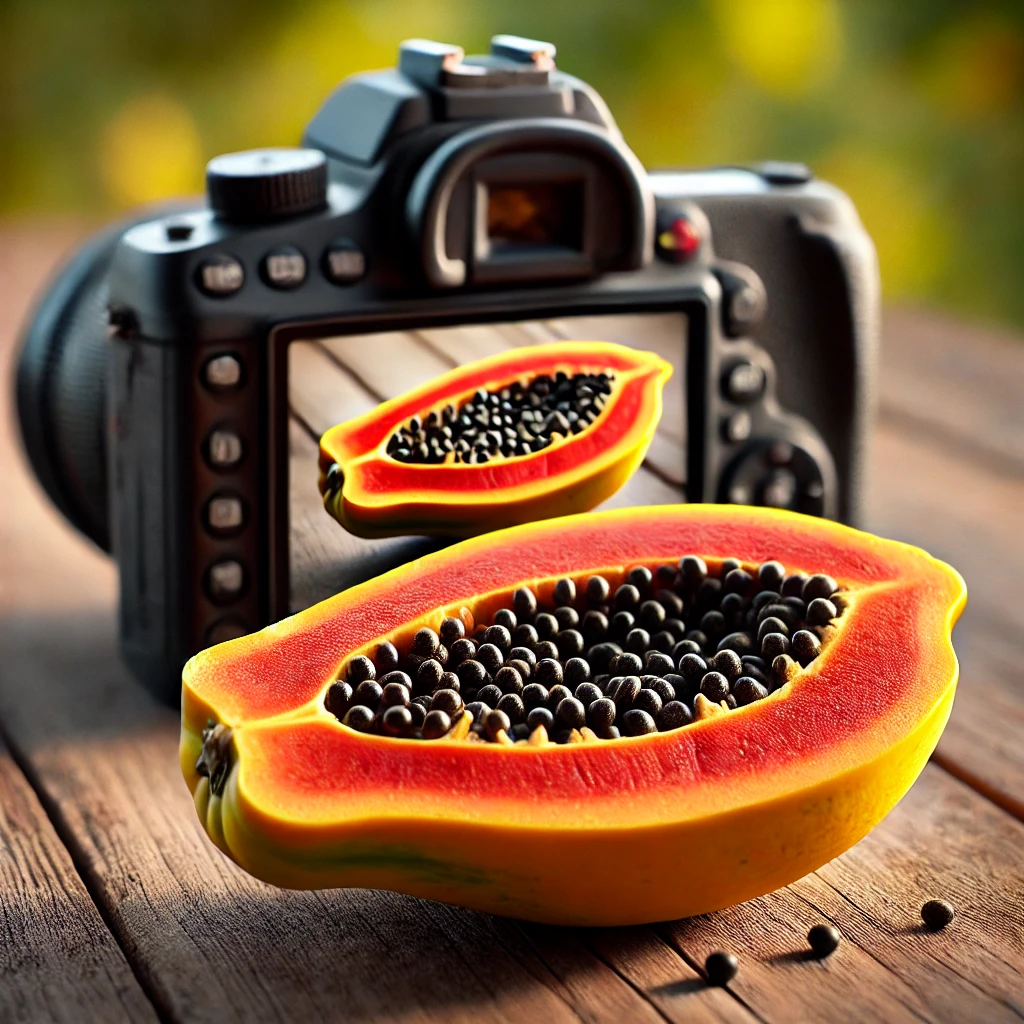
- Description: Sweet, orange-red flesh.
- Appearance: Small to medium-sized, pear-shaped.
- Location: Hawaii.
- Ideal Weather: Warm, tropical climates.
- Ideal Season: Year-round.
- Ideal Temperature: 70-85°F (21-29°C).
- Uses: Fresh eating, salads, desserts.
Kamiya Papaya
Kamiya papayas are a unique variety with sweet, golden-yellow flesh. They are rare and mostly found in specialized markets.
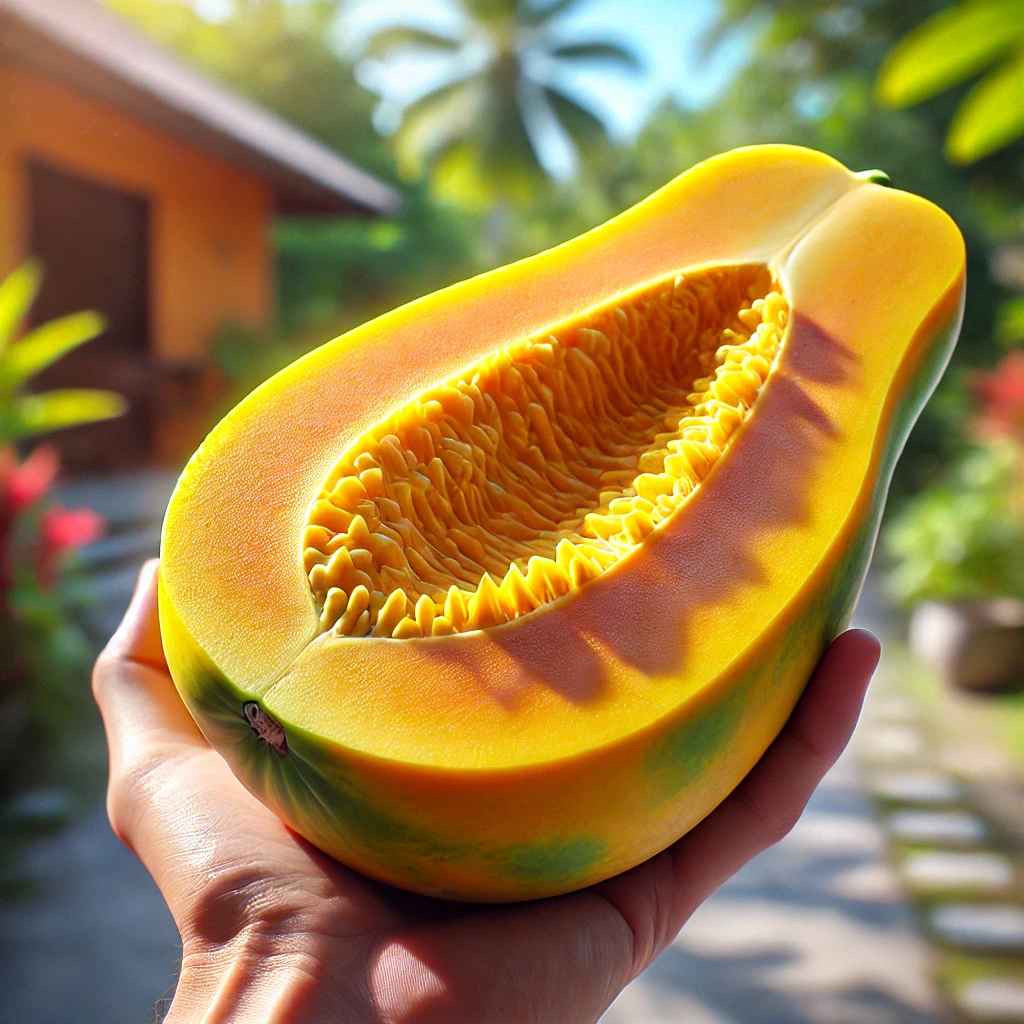
- Description: Sweet, golden-yellow flesh.
- Appearance: Medium-sized, round.
- Location: Hawaii.
- Ideal Weather: Warm, tropical climates.
- Ideal Season: Year-round.
- Ideal Temperature: 70-85°F (21-29°C).
- Uses: Fresh eating, salads, desserts.
3. Exotic Papaya Varieties
Strawberry Papaya
Strawberry papayas are exotic due to their unique pinkish-red flesh that resembles strawberries. They are highly sought after for their sweet flavor and aromatic scent.
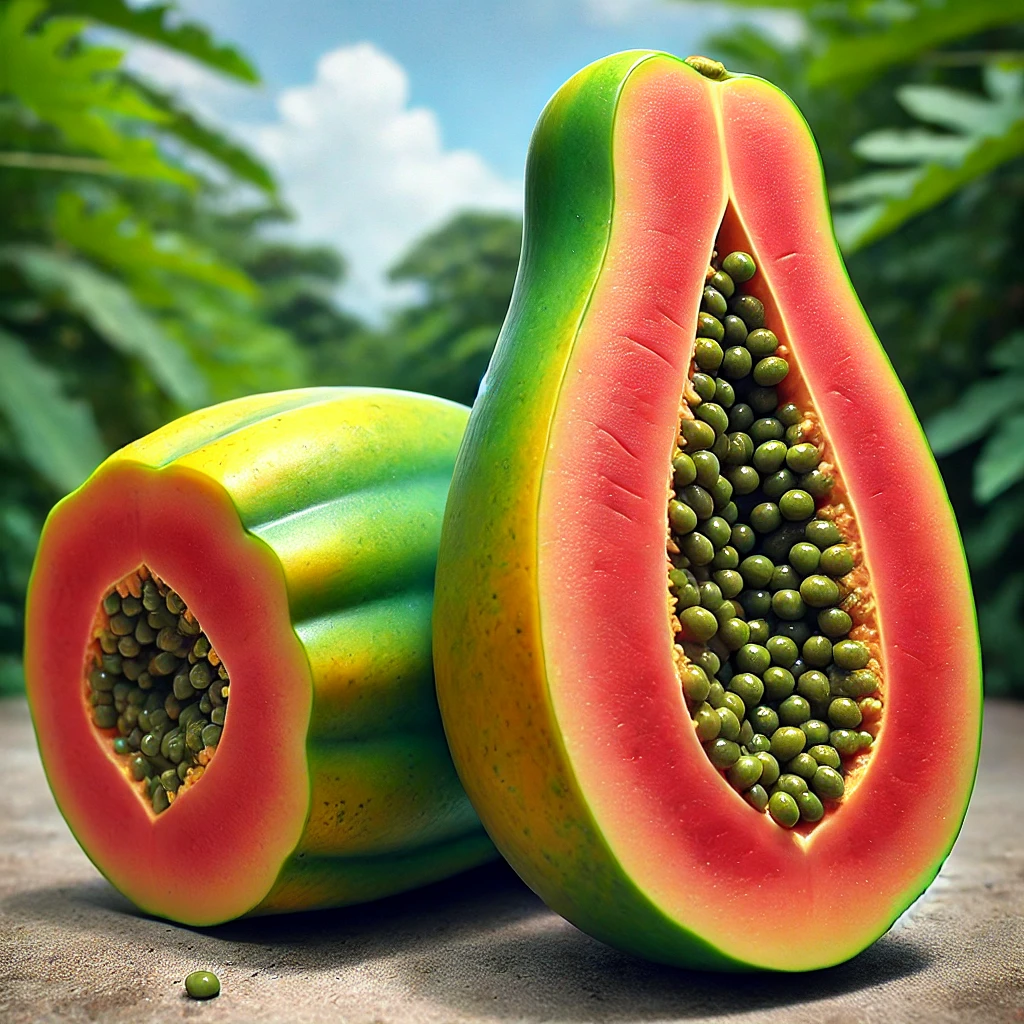
- Description: Sweet, pinkish-red flesh.
- Appearance: Medium-sized, oblong.
- Location: Hawaii, Thailand.
- Ideal Weather: Warm, tropical climates.
- Ideal Season: Year-round.
- Ideal Temperature: 70-85°F (21-29°C).
- Uses: Fresh eating, juices, desserts.
Caribbean Red Papaya
Caribbean Red papayas are known for their deep red flesh and high sugar content. They are cultivated in the Caribbean and Central America and are considered a premium variety.
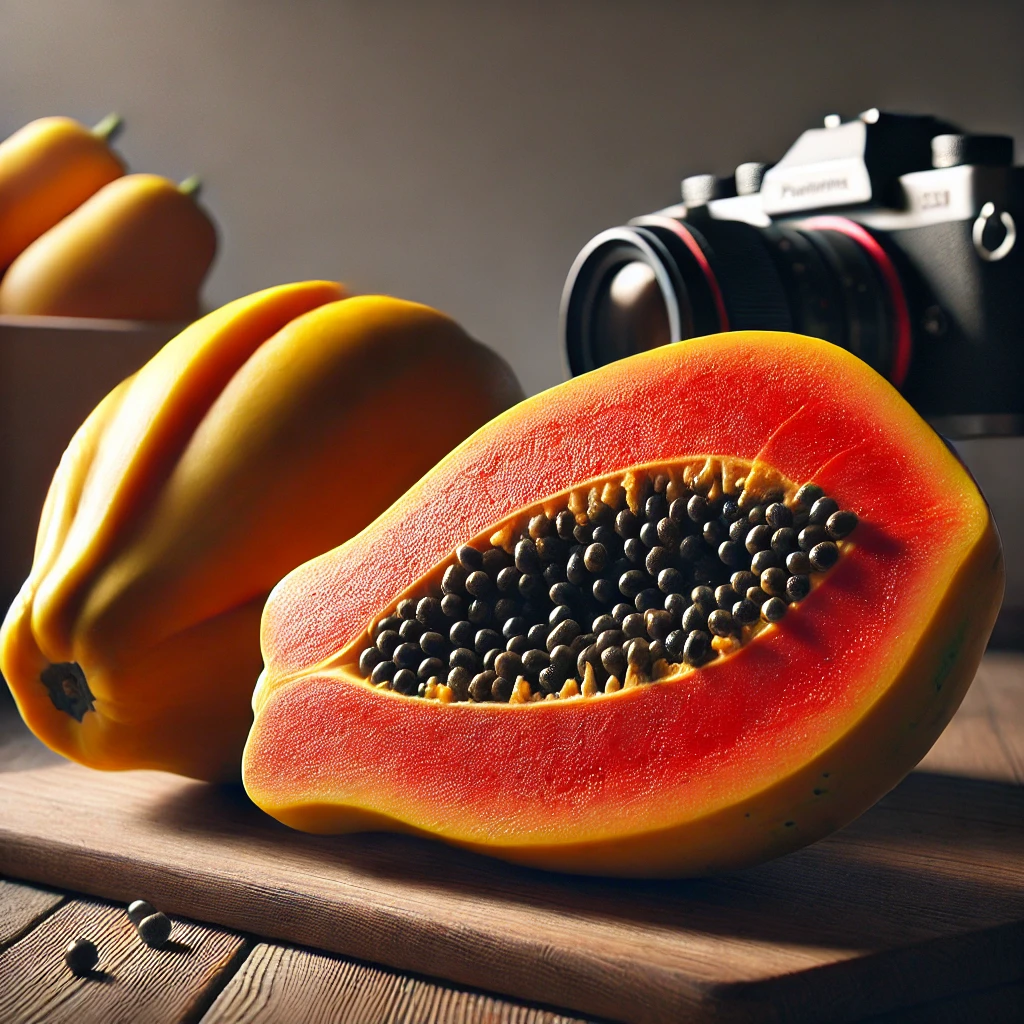
- Description: Sweet, deep red flesh.
- Appearance: Large, oblong.
- Location: Caribbean, Central America.
- Ideal Weather: Warm, tropical climates.
- Ideal Season: Year-round.
- Ideal Temperature: 70-85°F (21-29°C).
- Uses: Fresh eating, desserts, smoothies.
4. All-Weather Papaya Varieties
Tainung Papaya
Tainung papayas are highly adaptable and can grow in a variety of climates. They have sweet, orange flesh and are commonly cultivated in Taiwan and other parts of Asia.
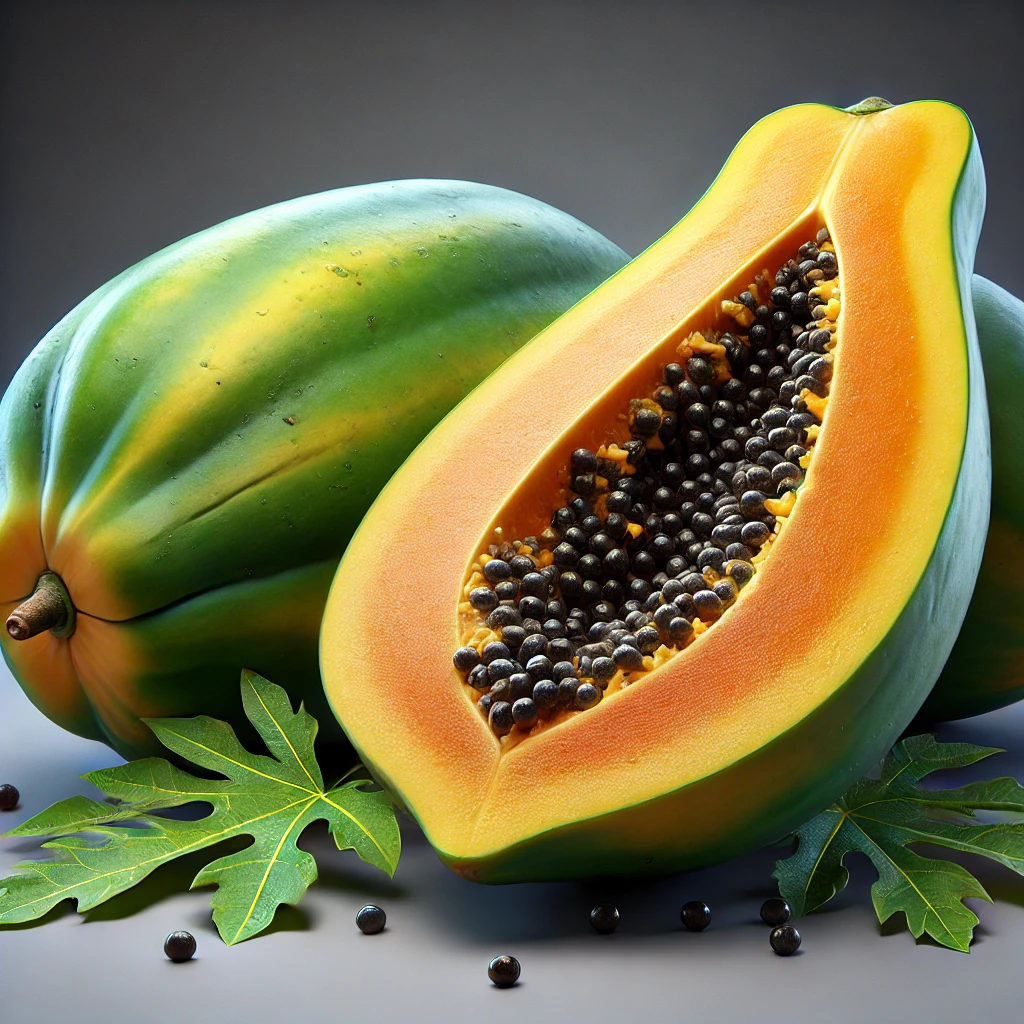
- Description: Sweet, orange flesh.
- Appearance: Large, oblong.
- Location: Taiwan, Southeast Asia.
- Ideal Weather: Warm to moderate climates.
- Ideal Season: Year-round.
- Ideal Temperature: 60-85°F (16-29°C).
- Uses: Fresh eating, salads, desserts.
Horng Yih Papaya
Horng Yih papayas are versatile and can thrive in different weather conditions. They have sweet, yellow flesh and are popular in Asia.
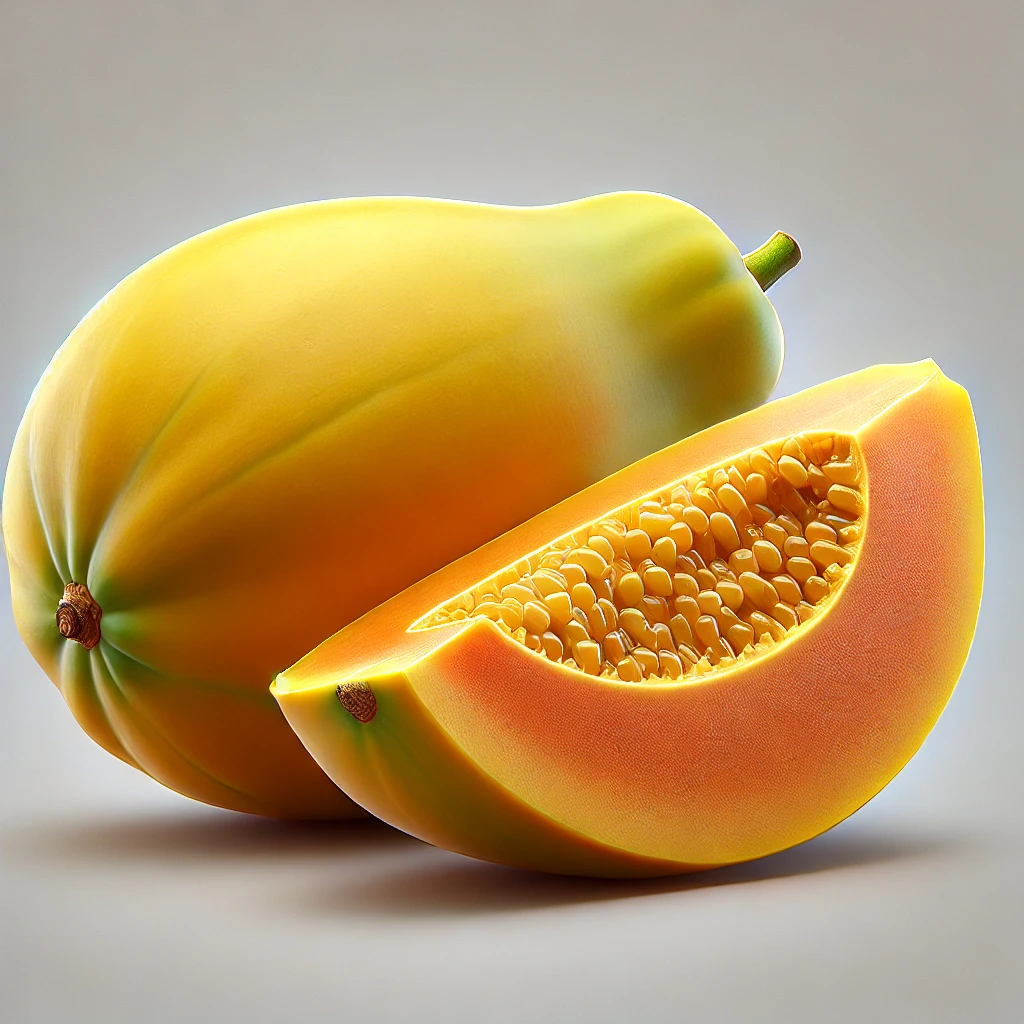
- Description: Sweet, yellow flesh.
- Appearance: Medium-sized, round.
- Location: Taiwan, Southeast Asia.
- Ideal Weather: Warm to moderate climates.
- Ideal Season: Year-round.
- Ideal Temperature: 60-85°F (16-29°C).
- Uses: Fresh eating, smoothies, salads.
5. Best Tasting Papaya Varieties
Golden Papaya
Golden papayas are prized for their exceptionally sweet and juicy flesh. They are medium-sized with a rich golden color and are often considered one of the best-tasting varieties.
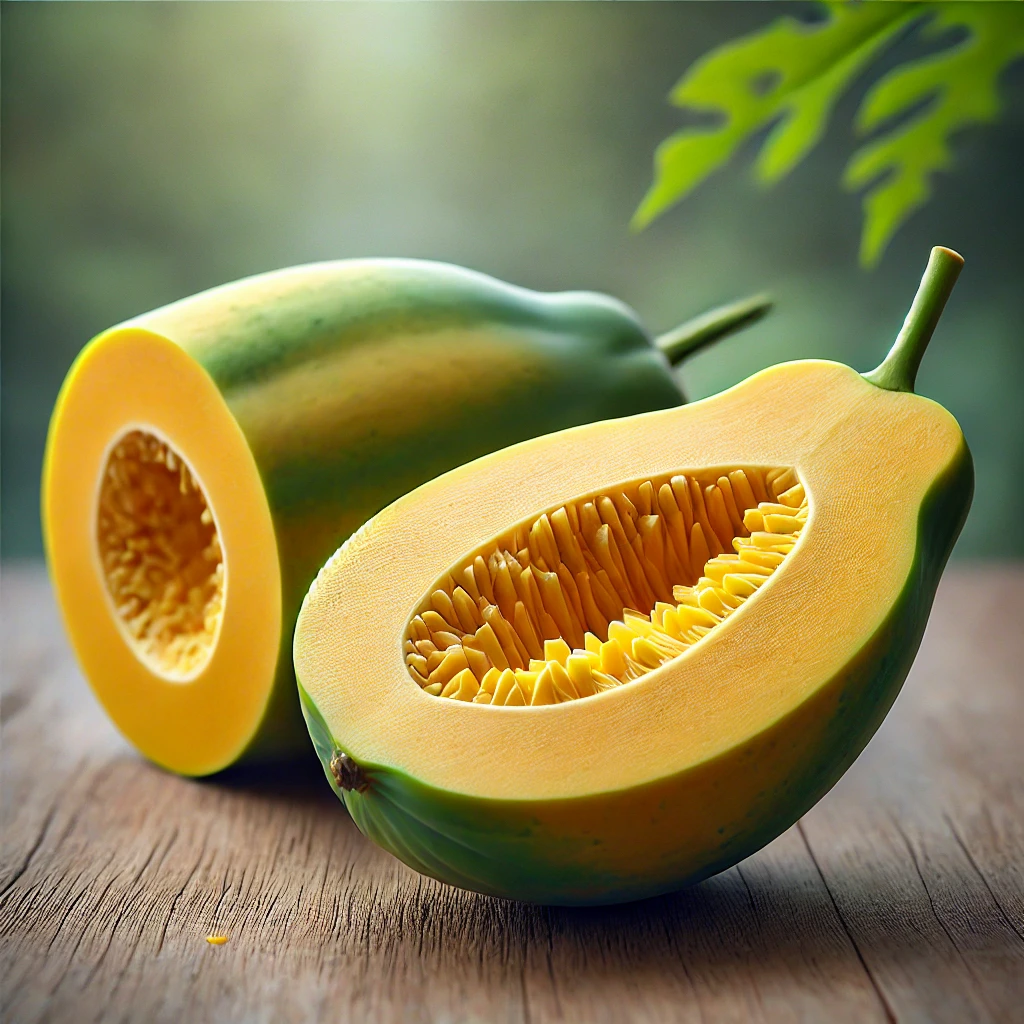
- Description: Very sweet, juicy flesh.
- Appearance: Medium-sized, golden.
- Location: Hawaii, Thailand.
- Ideal Weather: Warm, tropical climates.
- Ideal Season: Year-round.
- Ideal Temperature: 70-85°F (21-29°C).
- Uses: Fresh eating, juices, desserts.
Formosa Papaya
Formosa papayas are known for their large size and sweet, red-orange flesh. They are popular for their flavor and are commonly used in fresh dishes and desserts.
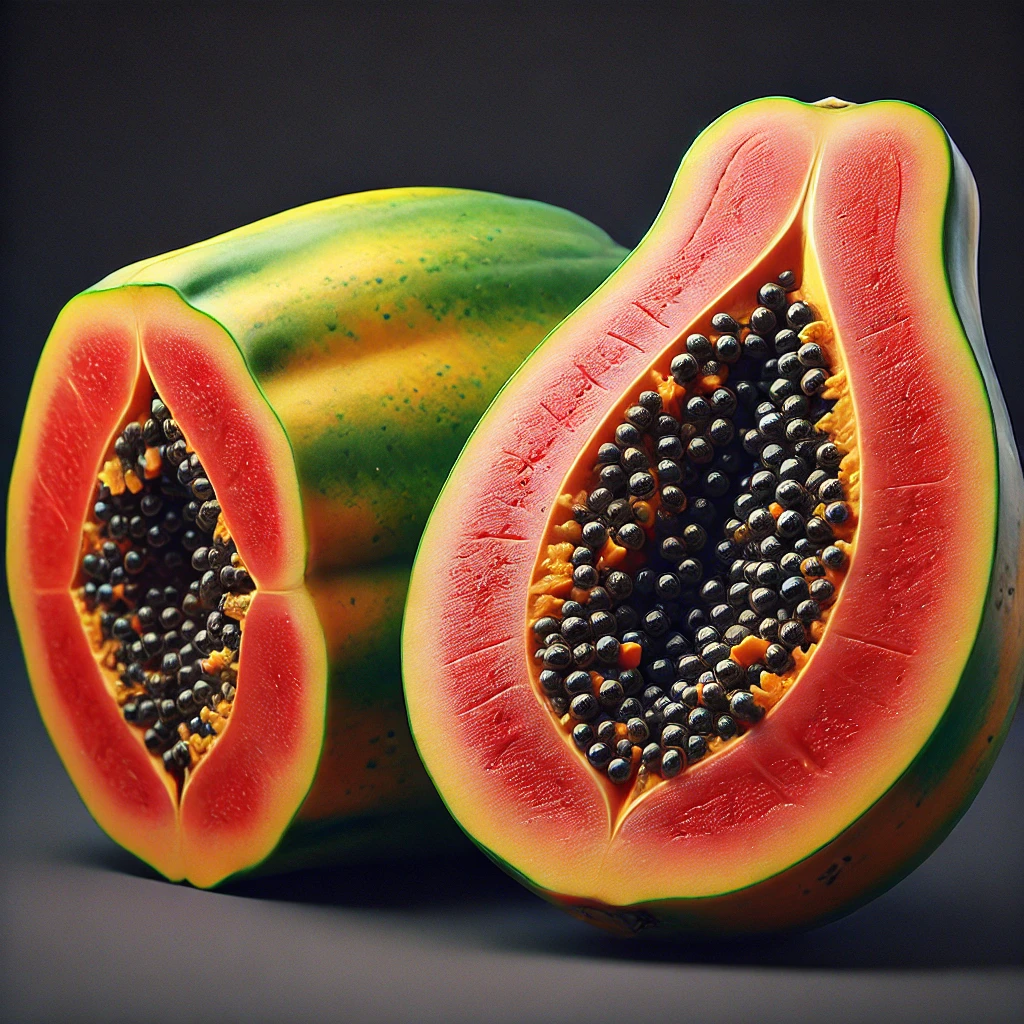
- Appearance: Very large, oblong.
- Location: Brazil, Taiwan.
- Ideal Weather: Warm, tropical climates.
- Ideal Season: Year-round.
- Ideal Temperature: 70-85°F (21-29°C).
- Uses: Fresh eating, desserts, salads.
6. Additional Papaya Varieties
Mexican Papaya
Mexican papayas are large with sweet, orange flesh and are commonly grown in Mexico and Central America. They are versatile and used in a variety of culinary applications.
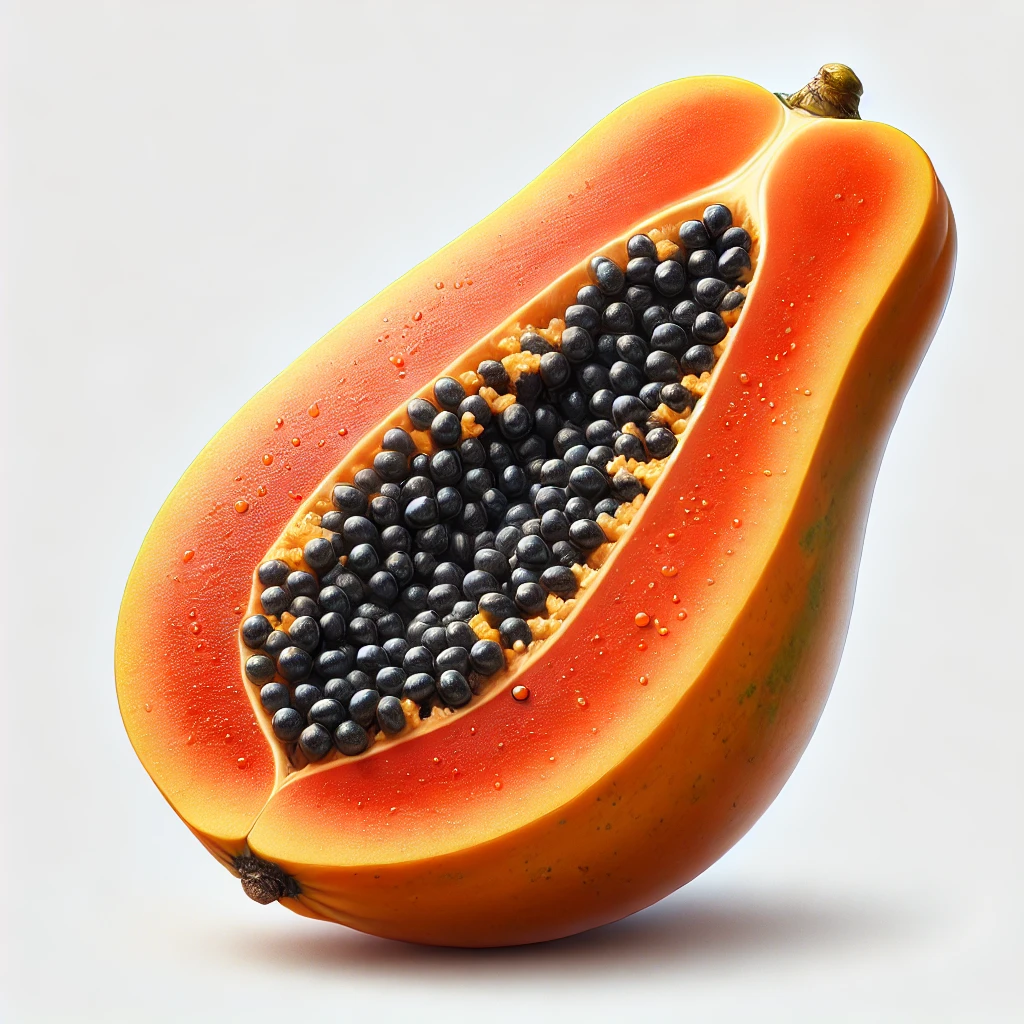
- Description: Sweet, orange flesh.
- Appearance: Very large, elongated.
- Location: Mexico, Central America.
- Ideal Weather: Warm, tropical climates.
- Ideal Season: Year-round.
- Ideal Temperature: 70-85°F (21-29°C).
- Uses: Fresh eating, juices, desserts.
Sunrise Solo Papaya
Sunrise Solo papayas are small to medium-sized with sweet, reddish-orange flesh. They are popular in Hawaii and known for their excellent flavor and texture.
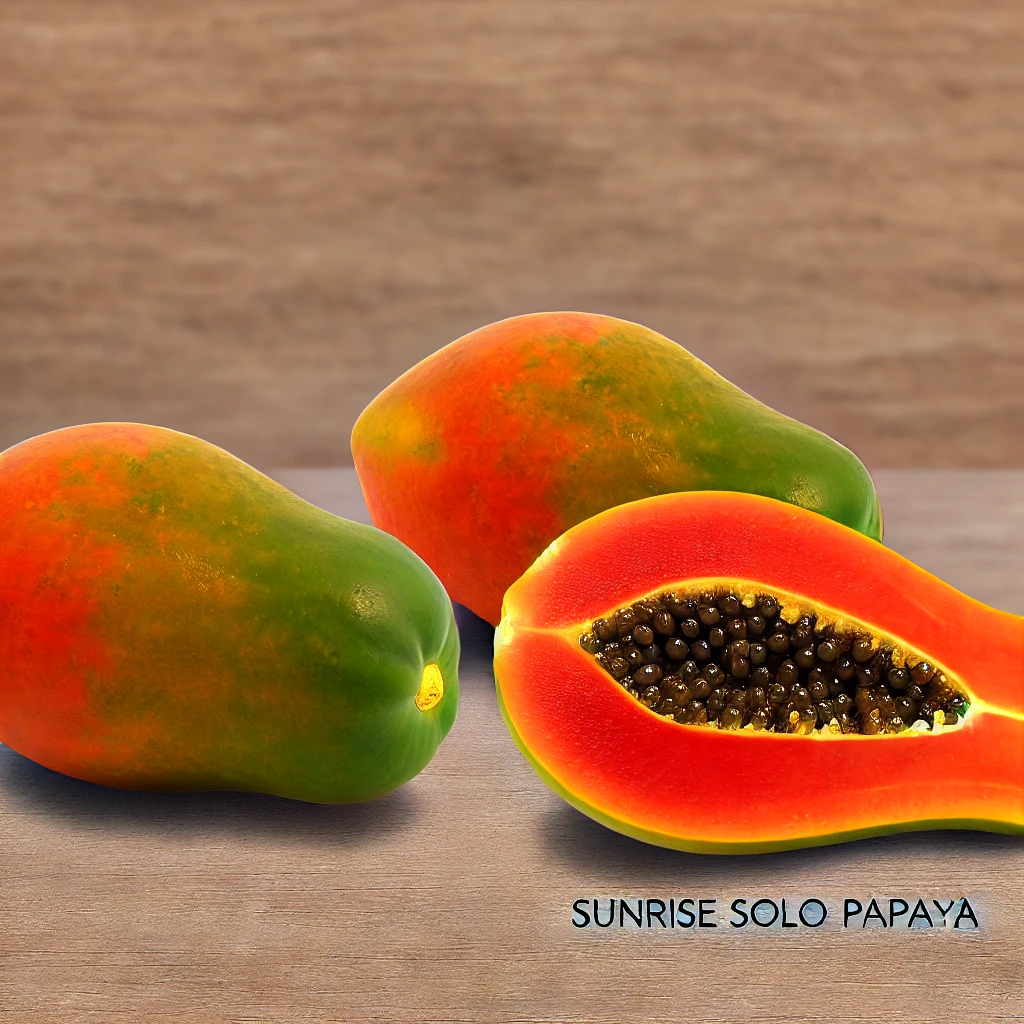
- Description: Sweet, reddish-orange flesh.
- Appearance: Small to medium-sized, pear-shaped.
- Location: Hawaii.
- Ideal Weather: Warm, tropical climates.
- Ideal Season: Year-round.
- Ideal Temperature: 70-85°F (21-29°C).
- Uses: Fresh eating, salads, smoothies.
Conclusion
Papayas come in a diverse range of varieties, each with unique characteristics that make them suitable for different culinary applications. By understanding these varieties, you can select the perfect papaya for any dish, whether you are looking for common, rare, exotic, all-weather, or taste-specific options.
Common Papaya Varieties, Rare Papaya Varieties, Exotic Papaya Varieties, All-Weather Papaya Varieties, Best Tasting Papaya Varieties, Additional Papaya Varieties, Hawaiian Solo Papaya, Red Lady Papaya, Maradol Papaya, Sunrise Papaya, Kamiya Papaya, Strawberry Papaya, Caribbean Red Papaya, Tainung Papaya, Horng Yih Papaya, Golden Papaya,, Formosa Papaya, Mexican Papaya, Sunrise Solo Papaya,
Common Papaya Varieties, Rare Papaya Varieties, Exotic Papaya Varieties, All-Weather Papaya Varieties, Best Tasting Papaya Varieties, Additional Papaya Varieties, Hawaiian Solo Papaya, Red Lady Papaya, Maradol Papaya, Sunrise Papaya, Kamiya Papaya, Strawberry Papaya, Caribbean Red Papaya, Tainung Papaya, Horng Yih Papaya, Golden Papaya,, Formosa Papaya, Mexican Papaya, Sunrise Solo Papaya,



